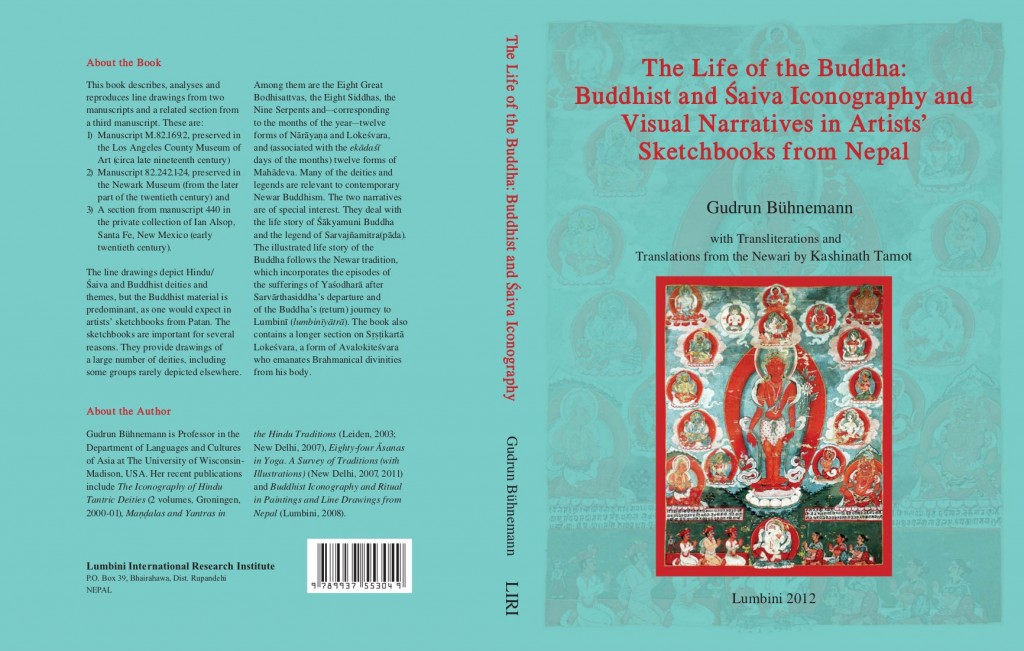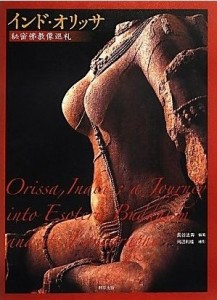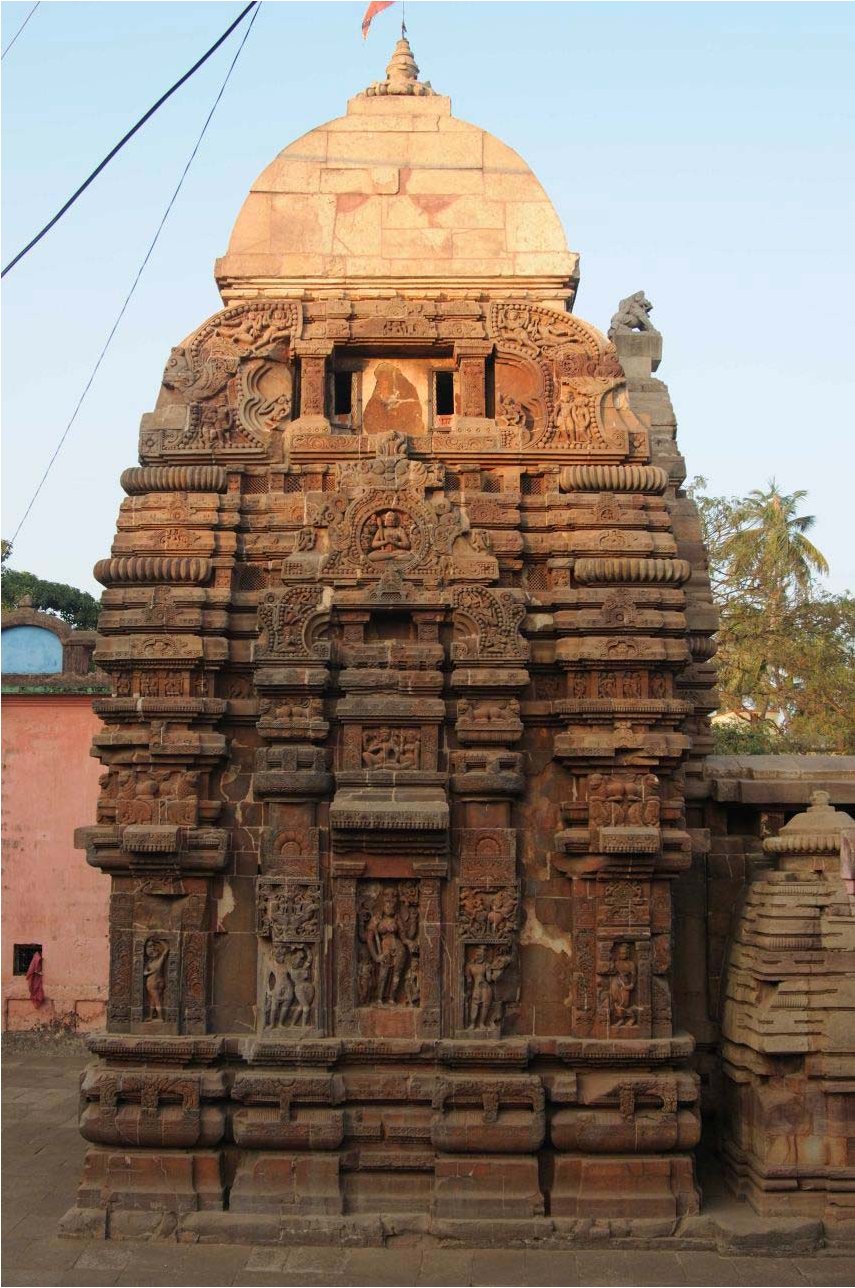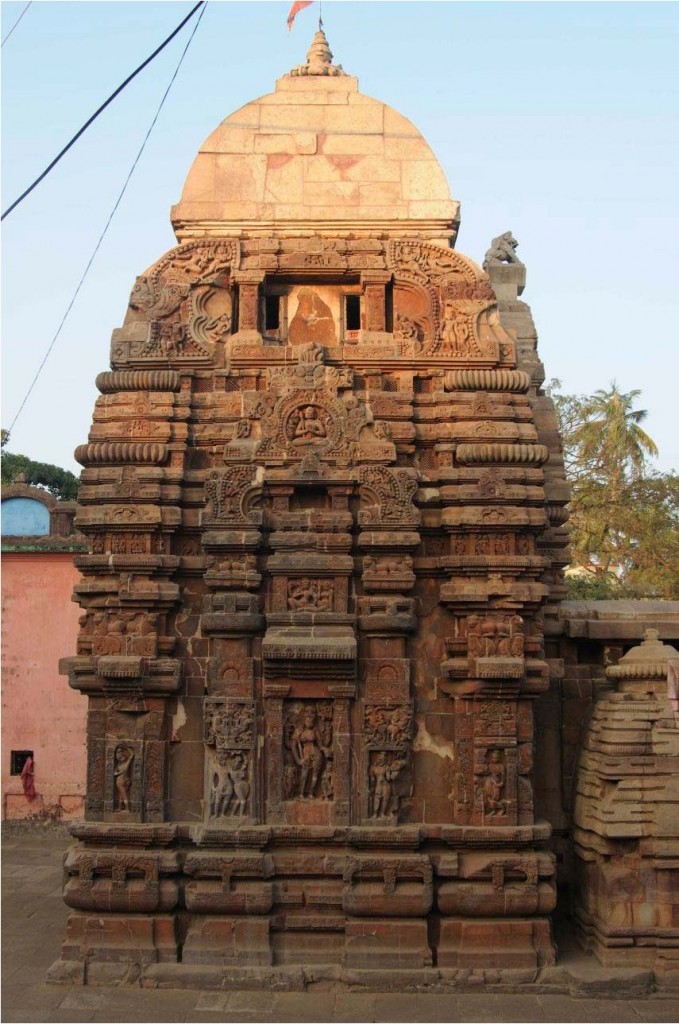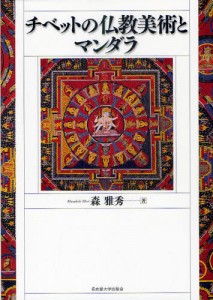Gudrun Bühnemann. The Life of the Buddha: Buddhist and Śaiva Iconography and Visual Narratives in Artists’ Sketchbooks from Nepal. By Gudrun Bühnemann, with Transliterations and Translations from the Newari by Kashinath Tamot. Lumbini: Lumbini International Research Institute, 2012. ISBN 9789937553049, 204 pp. USD$50. [available from Vajra Books]
About the Book
This book describes, analyses and reproduces line drawings from two manuscripts and a related section from a third manuscript. These are: 1) Manuscript M.82.169.2, preserved in the Los Angeles County Museum of Art (circa late nineteenth century) 2) Manuscript 82.242.1-24, preserved in the Newark Museum (from the later part of the twentieth century) and 3) A section from manuscript 440 in the private collection of Ian Alsop, Santa Fe, New Mexico (early twentieth century). The line drawings depict Hindu/Śaiva and Buddhist deities and themes, but the Buddhist material is predominant, as one would expect in artists’ sketchbooks from Patan. […]


